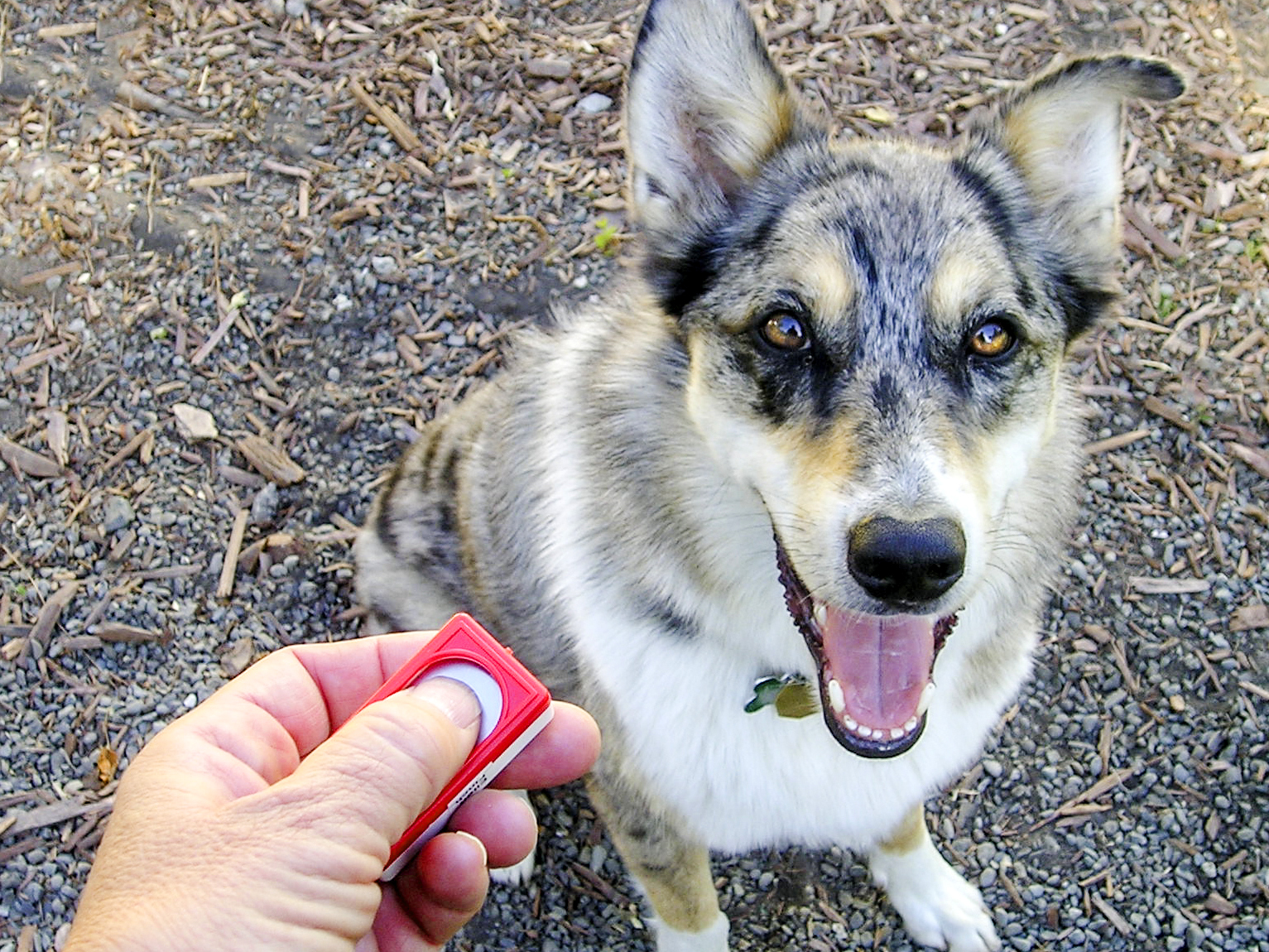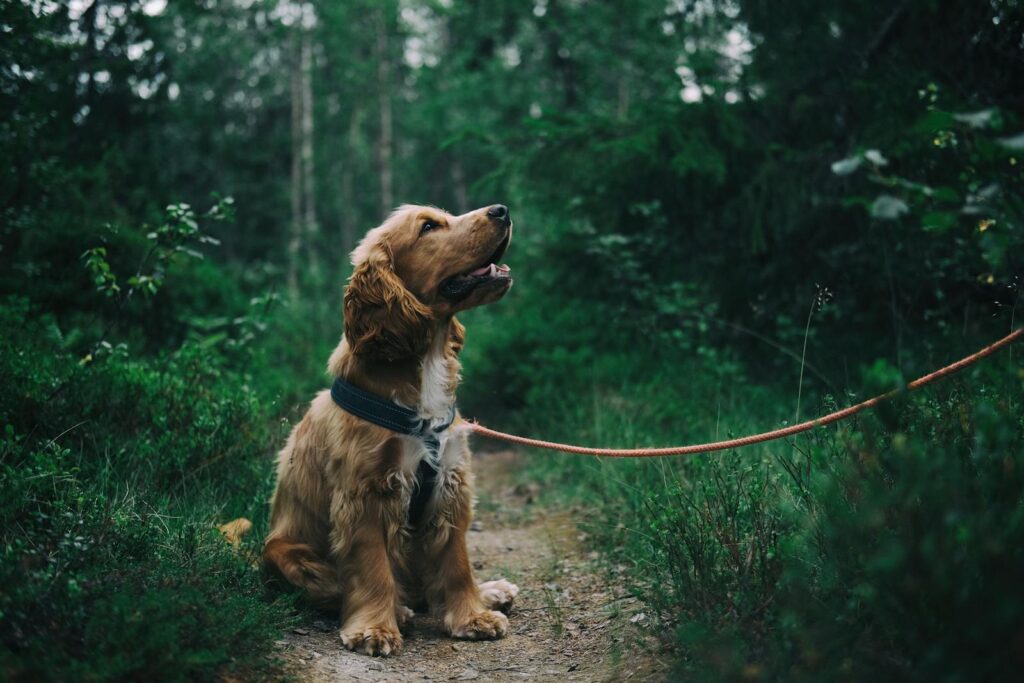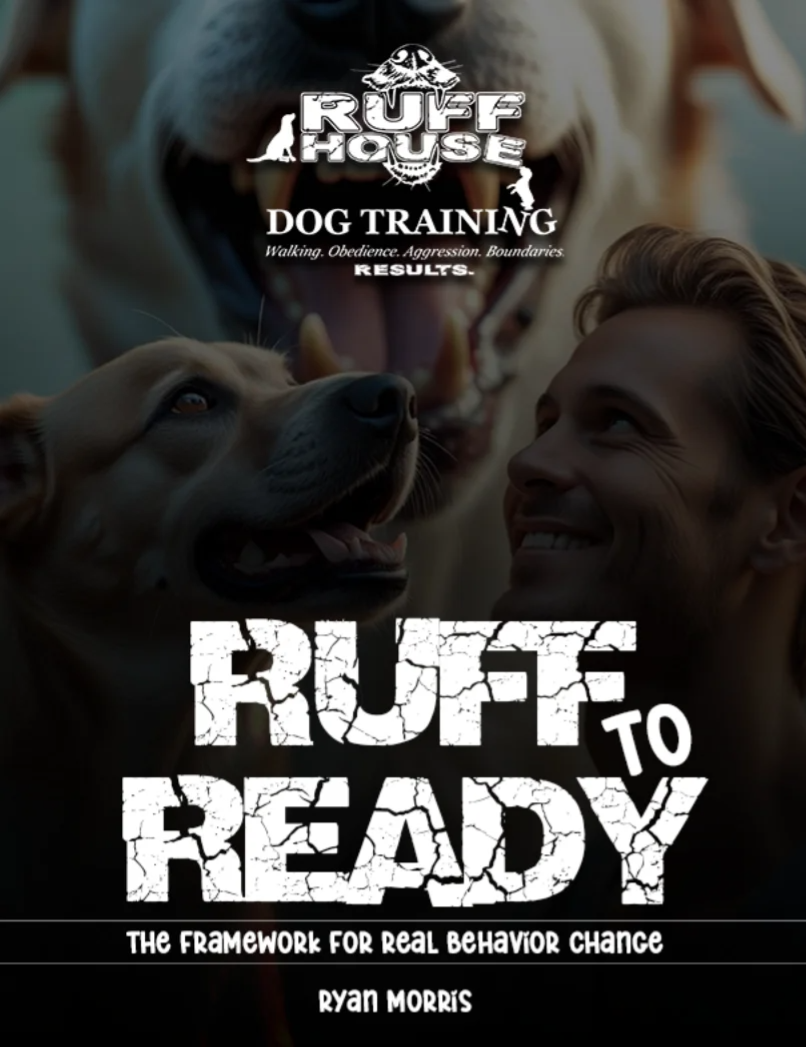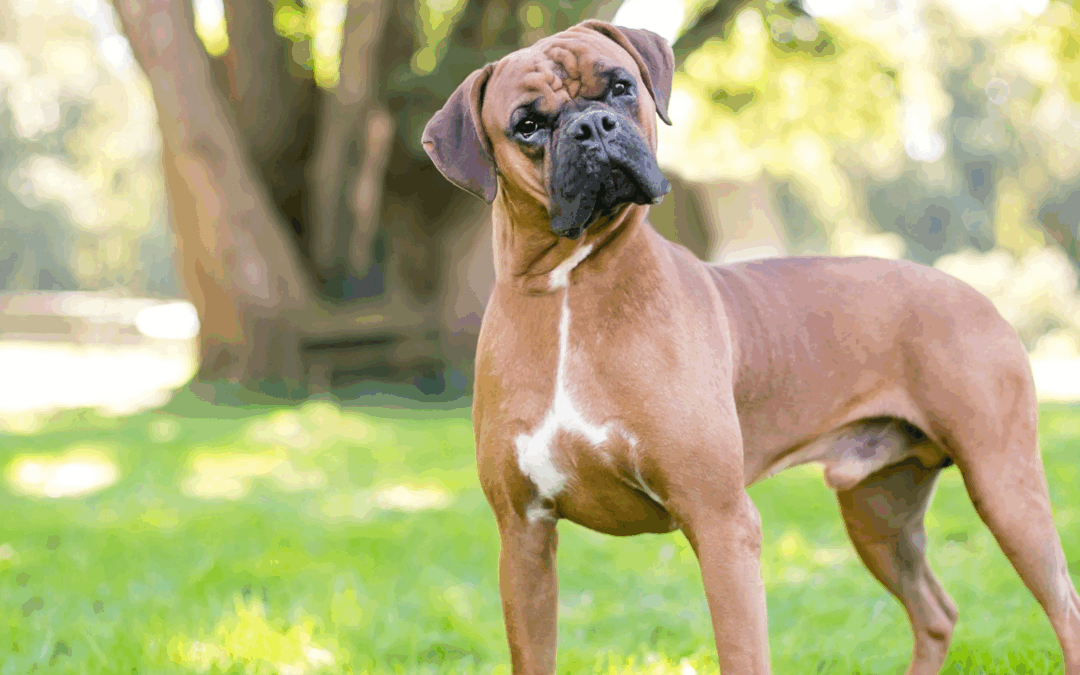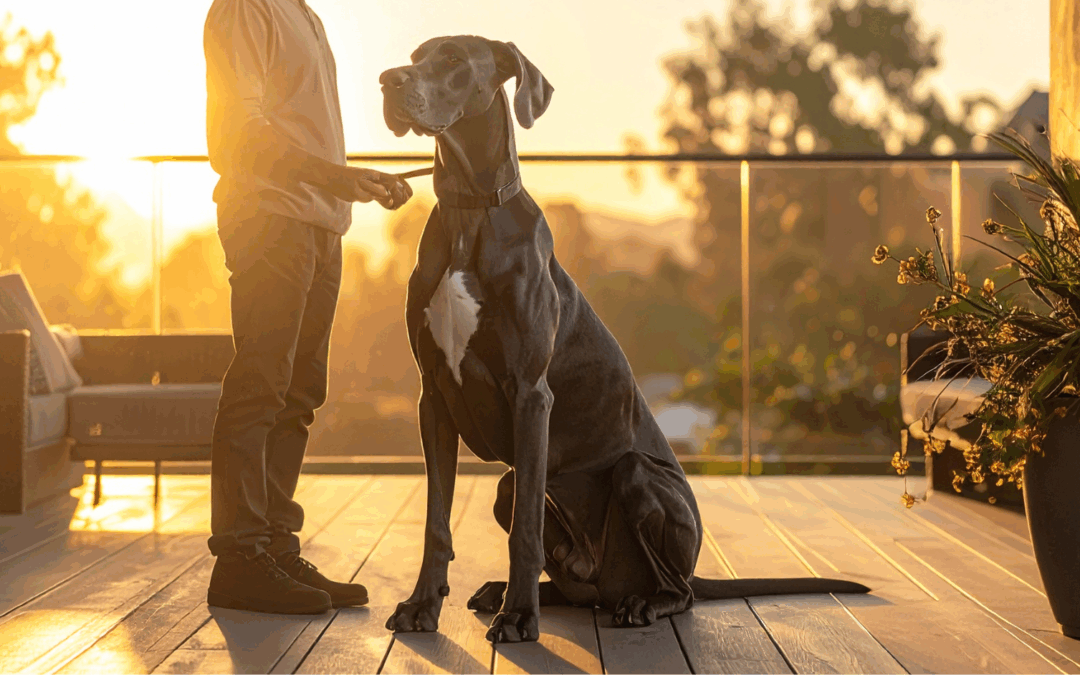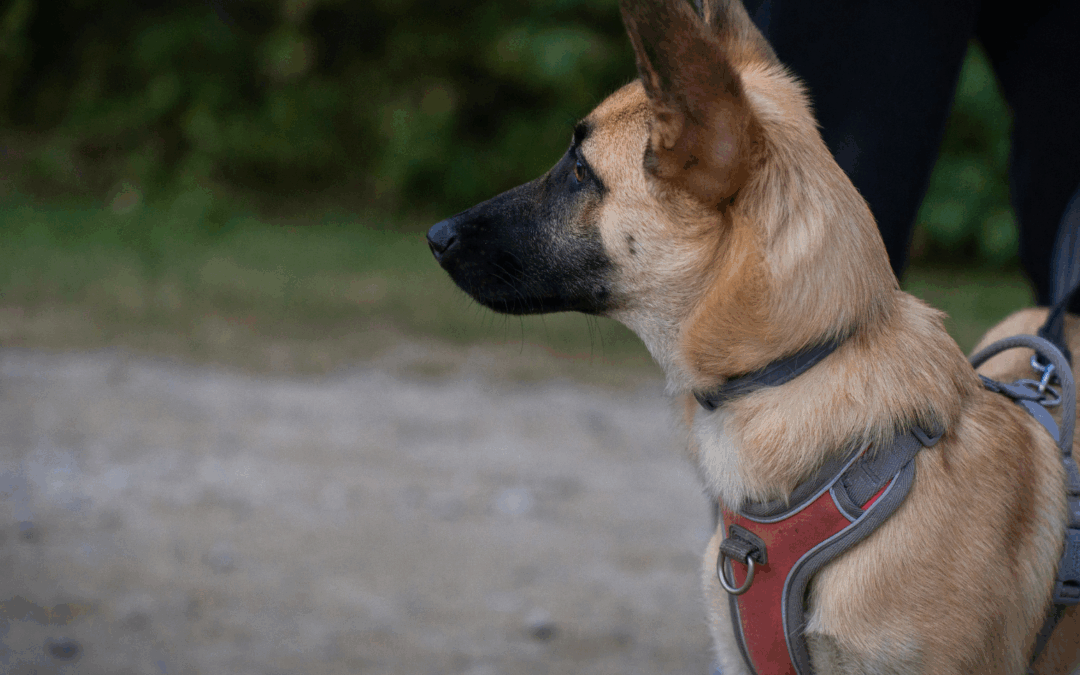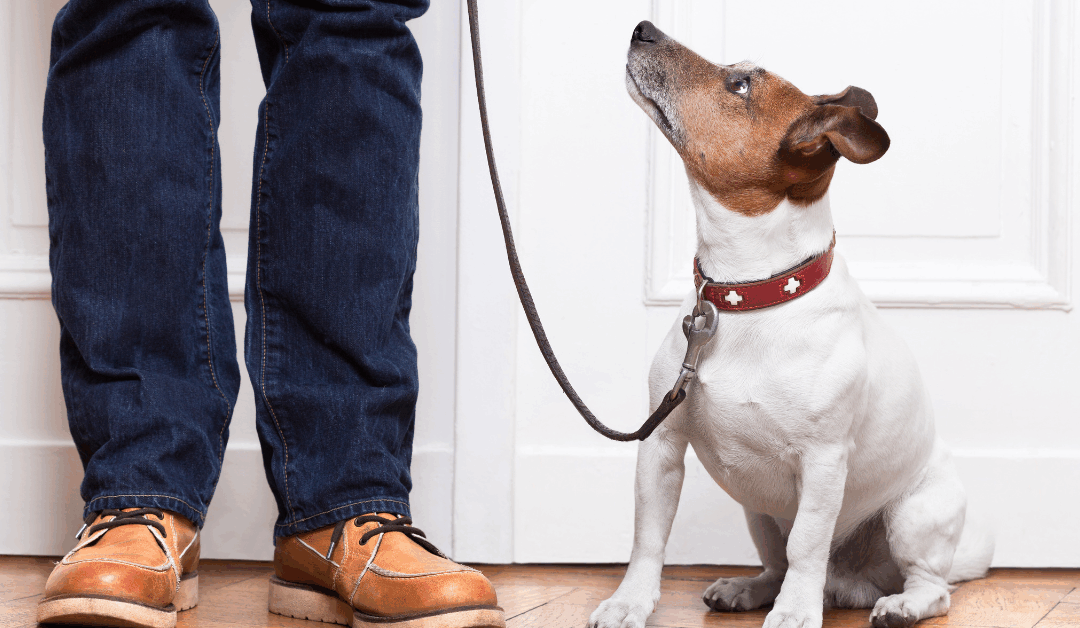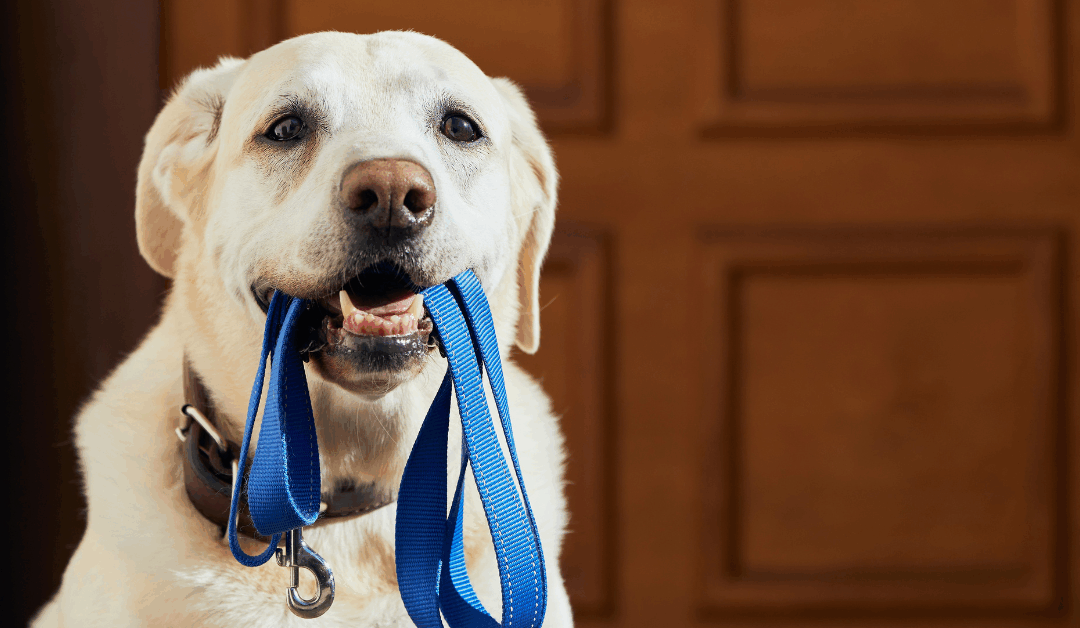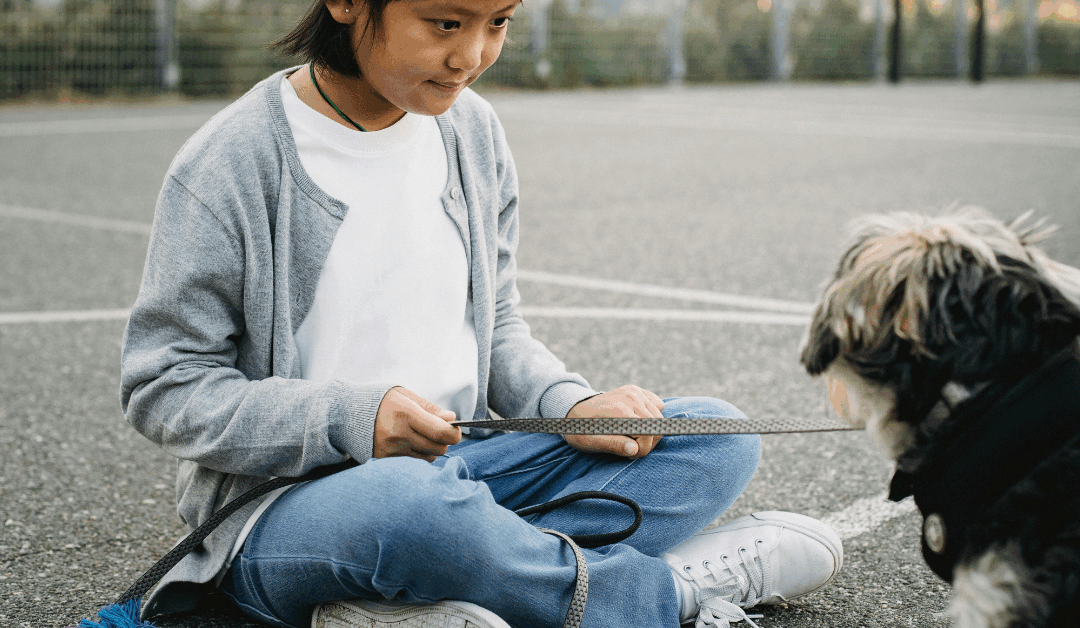If you’ve been to a dog park in Northern Virginia lately, chances are you’ve heard it: that little click-click sound. Dog clicker training has become incredibly popular among dog owners, and for good reason. It promises a positive, effective way to teach your furry friend new skills.
As a local dog trainer, I’ve seen clicker training work wonders for some dogs. I’ve also seen it fall flat for others. My job isn’t to sell you on any one training method—it’s to help you understand how and when tools like a clicker actually make sense in real life. It’s not my favorite. However, let’s cut through the noise and figure out if this is the right approach for you and your dog.
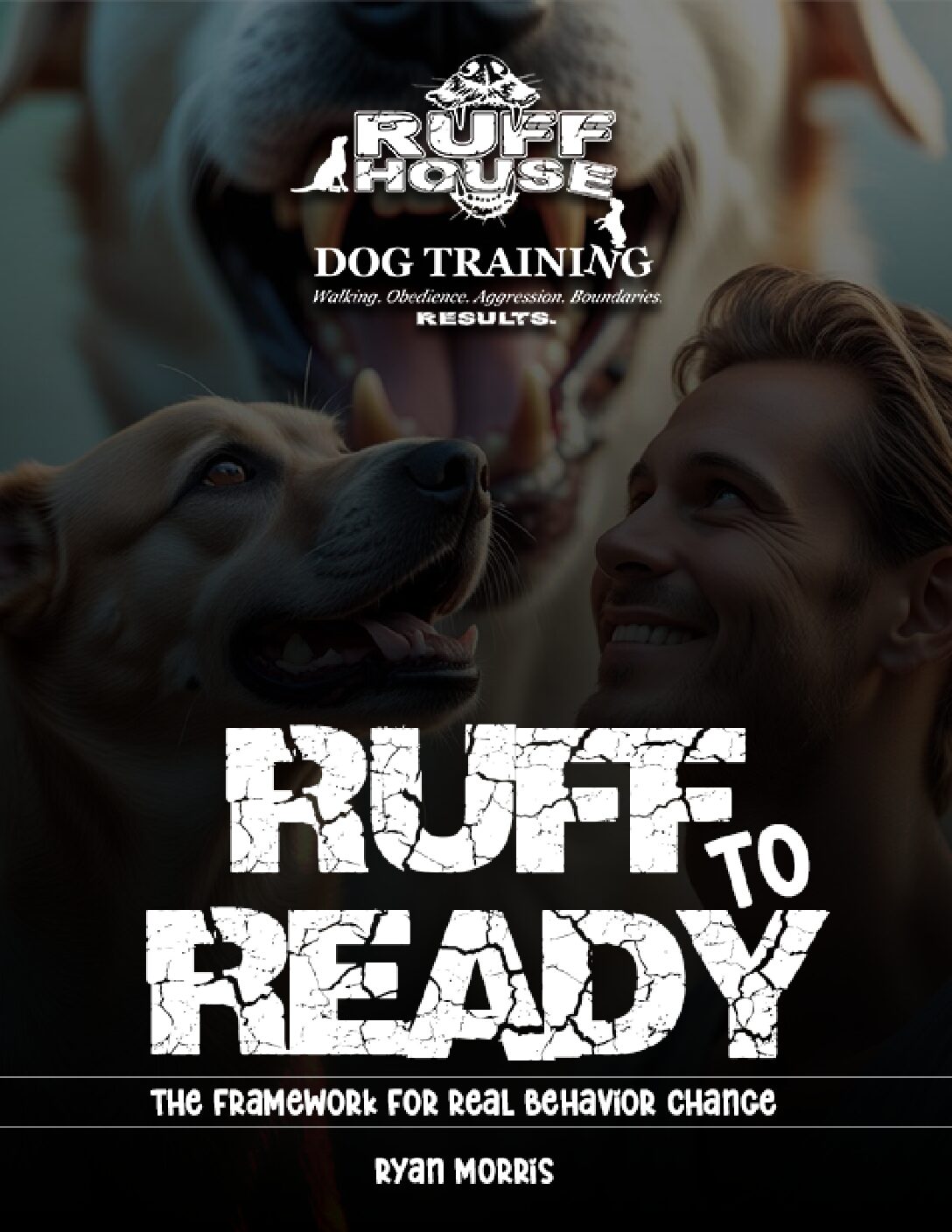
Unlock Real Behavior Change – Download Your Free Guide Now
"*" indicates required fields
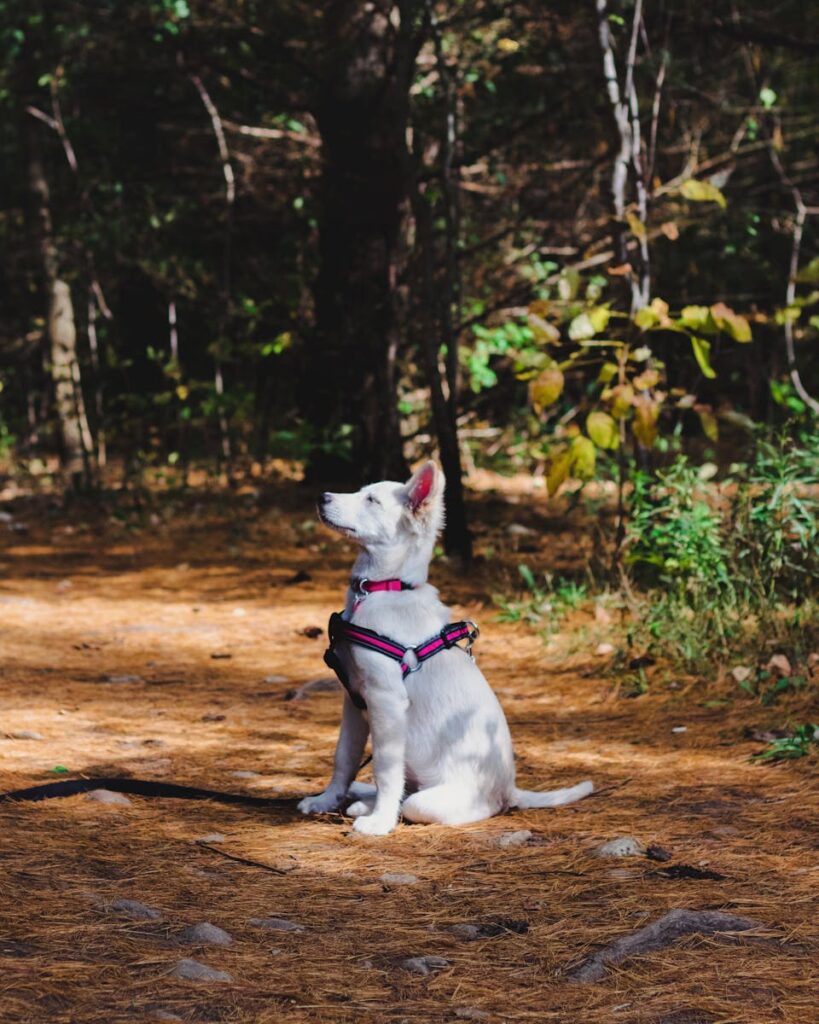
Photo by Dave DiAngelo on Pexels
What Exactly Is The Clicker Training Method?
In simple terms, clicker training is a way to train dogs based on scientific principles of operant conditioning. You use a small plastic device that makes a distinct “click” sound to “mark” the exact moment your dog does something right.
Here’s how it works:
- The click acts as a secondary reinforcer (or conditioned reinforcer). Think of it as a bridge that connects the desired behavior to the reward that follows.
- The treat or praise is the primary reinforcer—that’s what your dog truly wants and works for.
Basically, the clicker is your way of saying, “Yes, that’s what I wanted you to do!” before your dog gets distracted by a squirrel. This precise feedback helps your dog understand exactly which action earned them the reward.
Why Some Use A Clicker and Swear By It
There’s a lot to love about clicker training, which is why it has so many fans. It offers clear, consistent communication that can speed up the learning process.
Here are some of the biggest benefits:
- Precision and Clarity: The clicker sound is unique and consistent, allowing you to mark a desired behavior with split-second accuracy. This helps dogs learn faster because they know the exact moment they did something right.
- Builds Confidence: Because it’s rooted in positive reinforcement, clicker training helps build a dog’s confidence. They learn that they can make good things happen through their own choices, which is especially powerful for timid or fearful dogs. I’ve seen shy rescue dogs light up when they realize they can “earn” rewards by trying new things.
- Great for Shaping New Behaviors: Clicker training is fantastic for teaching complex or multi-step behaviors. You can reward small steps toward a final goal, gradually shaping a new behavior over time.
- Strengthens Your Bond: Positive reinforcement and negative reinforcement methods foster trust and strengthen the relationship between you and your dog. It turns training into a fun game rather than a chore, making it a great option for puppies and newly adopted dogs.
Why Some Trainers (Including Me, Sometimes) Don’t Rely on It
While clicker training is a valuable tool, it’s not a magic wand. There are situations where it can be impractical or less effective, and it’s important to acknowledge its limitations.
Here’s why it might not always be the best fit:
- Timing Is Everything: To be effective, you must click at the exact moment the desired behavior occurs. If you click too early or too late, you risk rewarding the wrong action, which can confuse your dog and slow down progress.
- It Can Be a Handful: Juggling a leash, treats, and a clicker during a walk in a busy Northern Virginia neighborhood can feel like you need an extra set of arms. In real-life scenarios with many distractions, it can be cumbersome for dog owners.
- Potential for Treat Dependency: If the clicker isn’t phased out correctly, some dogs may become dependent on hearing the click and receiving a treat. They might not perform the behavior when you don’t have your tools on hand.
- Not Ideal for All Issues: For dogs with significant behavioral problems like reactivity, aggression, or severe impulsivity, a clicker may not be the primary tool. These dogs often need more structure, clear boundaries, and management techniques first. As I often say, “The clicker is great for teaching behaviors—but not always for managing them.”
This doesn’t make clicker training “bad.” It simply means it’s one tool in a much larger toolbox, and a skilled trainer knows when to use it and when to choose something else.
How to Do Clicker Dog Training: A Beginner’s Guide For Dog Owners
Want to give it a try? Here’s a simple, step-by-step process to get you started on the right paw.
- Charge the Clicker: Start by building a positive association. In a quiet room, simply click, then immediately give your dog a high-value treat. Repeat this many many times. Your dog will quickly learn that the click sound predicts a reward.
- Mark the Behavior: Now, wait for your dog to offer a simple behavior, like sitting. The moment their rear hits the floor, click and then treat. At this stage, you’re just capturing behaviors they do naturally.
- Add a Verbal Cue: Once your dog reliably offers the behavior to earn a click, you can add a verbal command or hand signal. Say “Sit,” and the moment they do, click and treat.
- Reinforce Consistently: Practice in short, fun sessions (5–10 minutes) a few times a day. Always end on a high note to keep your dog engaged and eager to learn more.
- Fade the Clicker: As your dog becomes proficient, you can start phasing out the clicker for known commands. Transition to using a chosen marker word like “Yes!” and vary your rewards between soft treats, praise, and play.
Trainer Tip: You don’t need to schedule long training sessions. Practice during everyday moments, like while you’re preparing meals or during commercial breaks on TV.

The Ruff House Dog Training Philosophy on Dog Clicker Training
At Ruff House Dog Training, we believe every dog is an individual. We don’t label one method as “right” or “wrong.” Instead, we look at what works for your specific dog, your home, and your goals.
Sometimes that includes clicker training, and sometimes it’s more about structure, timing, and clear communication. Our programs, like the 90-Minute Miracle or the 6-Week Obedience Course, are designed to be flexible. We can incorporate marker-based training if it’s a good fit for your dog, but our main focus is always on real-world results. Our goal isn’t to train robots—it’s to create calm, responsive dogs you can live with.
Helpful Resources for Dog Training
Here are seven non-biased, informative resources to help you learn more about effective dog training techniques and overall pet care:
- American Kennel Club (AKC) Training Guides
The AKC offers a wide range of training tips and articles covering everything from basic commands to behavioral correction, suitable for all dog breeds. - ASPCA Training and Behavior Tips
The ASPCA provides science-based training advice and actionable resources to help you understand your dog’s behavior and improve your bond. - Animal Humane Society (Dog Training Resources)
Learn humane training methods that promote positive and negative reinforcement and focus on building trust with your dog. - The Association of Professional Dog Trainers (APDT)
Find resources, articles, and tools focused on ethical and effective dog training practices, backed by professionals in the industry. - PetMD Dog Behavior and Training
PetMD provides articles and expert advice on a variety of training topics, ranging from puppy training to advanced behavior management. - The Spruce Pets Dog Training Basics
This website covers everything from training fundamentals to troubleshooting common dog behavior challenges.
These resources can supplement your knowledge and help guide you toward the best training practices for your furry friend.
Ruff To Ready: An E-Book by Head Trainer Ryan At Ruff House Dog Training
“Ruff To Ready” is a comprehensive e-book written by Ryan, an experienced head trainer dedicated to helping dog owners achieve effective and compassionate training results. This guide covers everything from foundational obedience to addressing specific behavior issues in an easy-to-follow format. Designed with both new and seasoned dog owners in mind, “Ruff To Ready” combines proven training techniques with practical tips to ensure long-term success for you and your furry companion. The e-book emphasizes positive reinforcement methods, building trust, and fostering a strong bond between you and your dog. With Ryan’s years of expertise distilled into this resource, “Ruff To Ready” serves as an invaluable tool for anyone looking to take their dog training to the next level.
Every Dog Learns Differently
Clicker training isn’t magic, but it’s an excellent tool when used with patience and consistency. It’s a powerful way to communicate with your dog and build a foundation of positive experiences.
Whether you’re using a clicker for animal training, a marker word, or your best cheerful “Good dog!”, the goal is the same: to build clear communication and a strong, trusting relationship. The best training method is the one that fits your lifestyle and helps your dog become a well-behaved, confident companion.
If you’re struggling to find what works for your dog, don’t go it alone. We’re here to provide no-judgment, real-world solutions that turn chaos into calm.
Ready to find the right path for you and your dog? Book Your Training Session Today.
